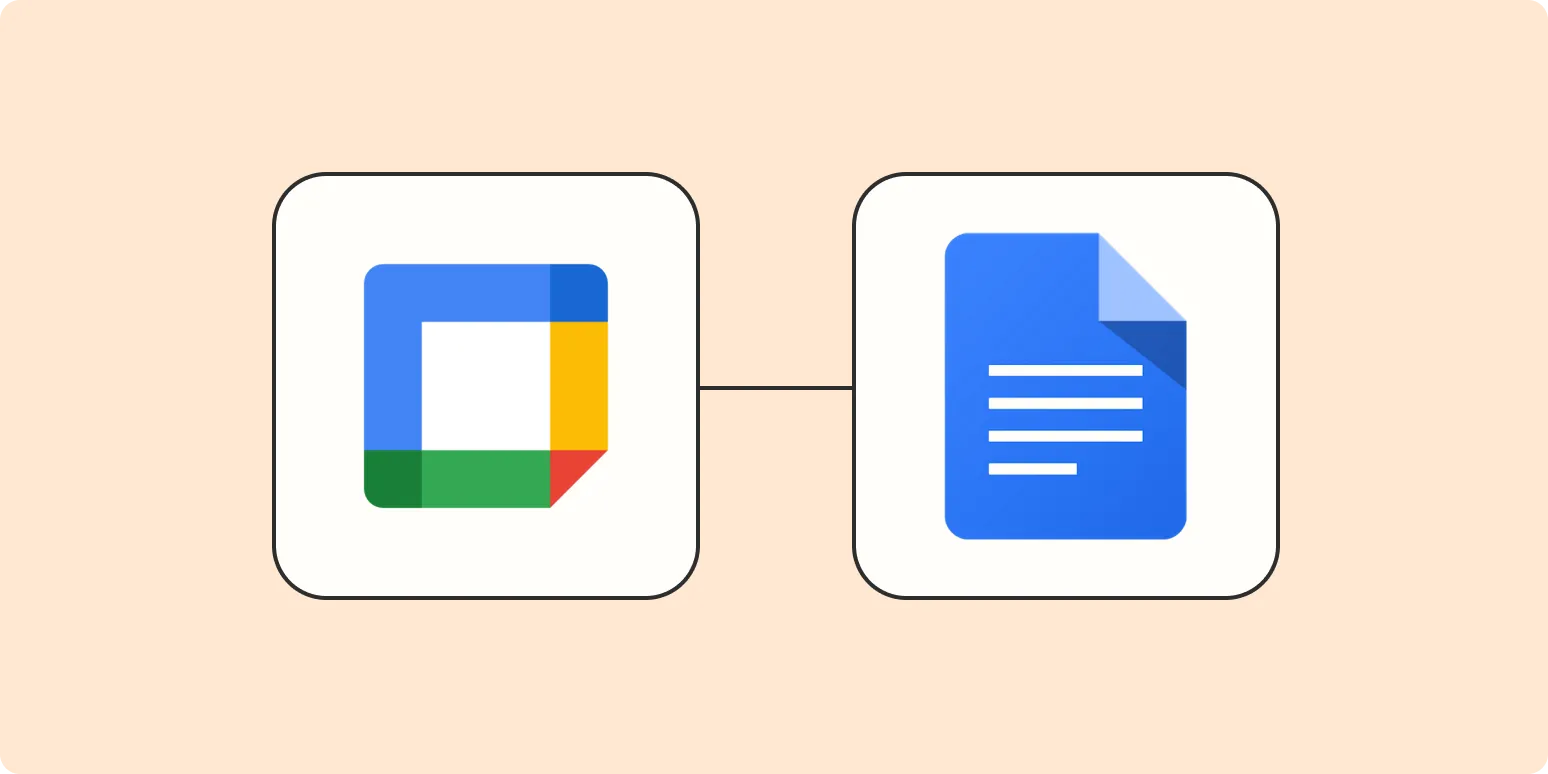Creating a Seamless Agenda in Google Docs for Your Google Calendar Meetings
Scheduling meetings effectively is crucial for productivity, and utilizing Google Calendar along with Google Docs can streamline this process significantly. By creating an agenda in Google Docs when scheduling a meeting in Google Calendar, you can ensure that all participants are aligned and prepared. This article will guide you through the steps to set up an effective agenda and highlight the importance of using specific features to enhance your meeting experience.
Benefits of Using Google Docs for Meeting Agendas
Google Docs offers a range of advantages for creating meeting agendas. Here are some key benefits:
- Real-Time Collaboration: Multiple users can edit the document simultaneously, making it easier to gather input and feedback.
- Accessibility: With Google Docs, your agenda is accessible from any device with internet access, ensuring that all participants can view it anytime, anywhere.
- Integration: Google Docs integrates seamlessly with Google Calendar, allowing you to link your agenda directly to your meeting invite.
Steps to Create an Agenda in Google Docs
Follow these simple steps to create an effective meeting agenda using Google Docs:
Step 1: Open Google Docs
Navigate to Google Docs and create a new document. You can choose a blank document or use a template if you prefer a pre-designed layout.
Step 2: Title Your Document
Give your document a clear title that reflects the purpose of the meeting. This helps participants understand the focus of the agenda at a glance.
Step 3: Add Key Details
Start your agenda by including important meeting details, such as:
- Meeting Title
- Date and Time
- Location or Video Call Link
- Participants
Step 4: Create the Agenda Items
List the agenda items in a structured format. You can use bullet points or a numbered list to keep the information organized. If preferred, you can also create a table to provide a more visual representation of the agenda. Below is an example of how to structure your agenda using a table:
| Time | Agenda Item | Owner |
|---|---|---|
| 10:00 AM | Welcome and Introductions | John Doe |
| 10:15 AM | Project Updates | Jane Smith |
| 10:30 AM | Discussion on New Strategies | Michael Brown |
| 11:00 AM | Q&A | All |
Linking Your Google Docs Agenda to Google Calendar
Once your agenda is complete, linking it to your Google Calendar event enhances visibility and ensures all participants have access to the document. Here’s how to do it:
Step 1: Open Google Calendar
Create a new event or edit an existing one. Fill in all necessary details regarding the meeting.
Step 2: Add the Google Docs Link
In the description section of the calendar event, paste the shareable link to your Google Docs agenda. Make sure that the sharing settings allow all participants to view the document.
Step 3: Send the Invitation
Once everything is set, send out the calendar invitation. Participants will receive the meeting link along with the agenda, making it easy for them to prepare in advance.
Best Practices for Effective Meeting Agendas
To optimize your meeting outcomes, consider implementing the following best practices when creating your agenda:
- Be Specific: Clearly define each agenda item to avoid ambiguity.
- Time Allocation: Assign time slots for each topic to keep the meeting on track.
- Encourage Participation: Assign owners to each agenda item to ensure accountability and encourage discussion.
- Follow Up: After the meeting, share the meeting notes along with any action items discussed. This can be done through Google Docs as well.
Conclusion
Creating an agenda in Google Docs when scheduling a meeting in Google Calendar is a straightforward process that can significantly enhance your meeting efficiency. By leveraging features like real-time collaboration and easy access, you can ensure that all participants are well-prepared and informed. Implementing best practices for agenda creation will not only save time but also lead to more productive meetings. Don’t forget to utilize tools like referrerAdCreative to further enhance your meeting planning process and ensure that your agendas are both effective and engaging.





